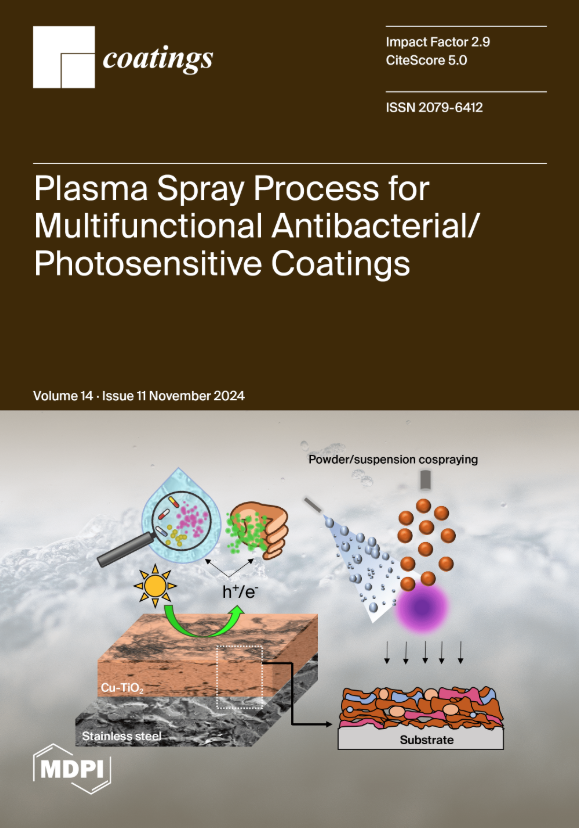基于电化学噪声的金属工件密封材料 B72 防腐蚀性能评估与分析
IF 2.8
3区 材料科学
Q2 MATERIALS SCIENCE, COATINGS & FILMS
引用次数: 0
摘要
Paraloid B-72(B72)是一种无色透明的高分子材料,溶于丙酮后具有良好的成膜能力,被广泛用作金属文物的密封材料。为了分析和评价 B72 作为密封材料在金属文物基底上的保存性能,应用了多种电化学方法(主要是电化学噪声(EN))和扫描电子显微镜(SEM)来评价 B72 涂层。结果表明,B72 涂层在初期具有良好的防腐效果,而其较差的耐水性导致其在浸泡数天后失去效果。与传统的电化学方法相比,电化学噪声具有非破坏性,不会对金属基体造成新的腐蚀,能很好地表征测试系统的腐蚀速率,其时域和频域分析结果与极化电阻和阻抗谱能很好地对应。电化学噪声是评价材料防腐涂层抗腐蚀性能的一种有效方法。本文章由计算机程序翻译,如有差异,请以英文原文为准。
The Evaluation and Analysis of the Anti-Corrosion Performance of the Sealing Material B72 for Metal Artifacts Based on Electrochemical Noise
Paraloid B-72 (B72), as a transparent, colorless polymer material, has good film-forming ability when dissolved in acetone and is widely used as a sealing material for metal artifacts. In order to analyze and evaluate the preservation performance of B72 as a sealing material on the substrate of metal artifacts, a variety of electrochemical methods, mainly electrochemical noise (EN), and scanning electron microscopy (SEM) were applied to evaluate the B72 coating. The results showed that the B72 coating had a good preservation effect at the initial stage, and its poor water resistance led to the loss of its effectiveness after a few days of immersion. Compared with conventional electrochemical methods, electrochemical noise is non-destructive, which cannot cause new corrosion on the metal substrate and can well characterize the corrosion rate of the test system, and the results of its time domain and frequency domain analyses can correspond well with the polarization resistance and impedance spectra. Electrochemical noise is an effective method for evaluating the anti-corrosion performance of material preservation coatings.
求助全文
通过发布文献求助,成功后即可免费获取论文全文。
去求助
来源期刊

Coatings
Materials Science-Surfaces, Coatings and Films
CiteScore
5.00
自引率
11.80%
发文量
1657
审稿时长
1.4 months
期刊介绍:
Coatings is an international, peer-reviewed open access journal of coatings and surface engineering. It publishes reviews, research articles, communications and technical notes. Our aim is to encourage scientists to publish their experimental and theoretical results in as much detail as possible. There is no restriction on the length of the papers. Full experimental and/or methodical details must be provided. There are, in addition, unique features of this journal:
* manuscripts regarding research proposals and research ideas will be particularly welcomed
* electronic files or software regarding the full details of the calculation and experimental procedure - if unable to be published in a normal way - can be deposited as supplementary material
 求助内容:
求助内容: 应助结果提醒方式:
应助结果提醒方式:


